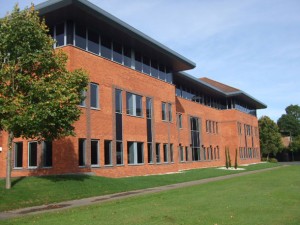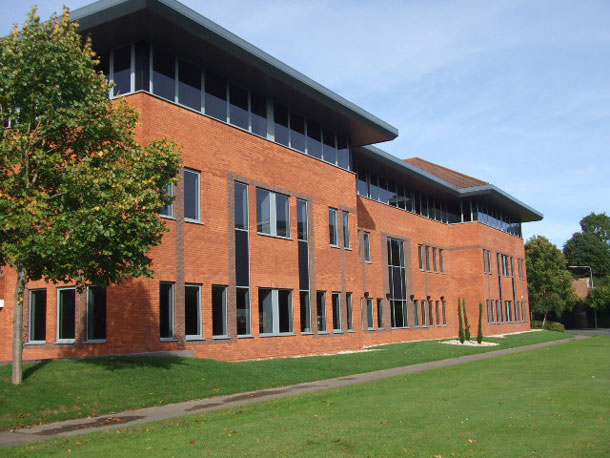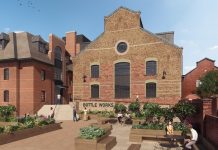 A recently completed research paper from CBRE focusing on secondhand office space, has highlighted that across CBRE’s nine regional operations the availability of good quality, newly completed office space is being squeezed in the face of diminishing supply and limited development. This is driving up prime rents, putting pressure on incentives as occupiers continue their flight to quality. The view from the research is, that this situation will persist in the near future as development funding options continue to be constricted.
A recently completed research paper from CBRE focusing on secondhand office space, has highlighted that across CBRE’s nine regional operations the availability of good quality, newly completed office space is being squeezed in the face of diminishing supply and limited development. This is driving up prime rents, putting pressure on incentives as occupiers continue their flight to quality. The view from the research is, that this situation will persist in the near future as development funding options continue to be constricted.
Conversely the relative availability of secondhand buildings has increased substantially and this regional research focuses on the dilemma faced by owners of vacant secondary office stock.
Since the onset of the economic decline in 2008, the amount of available secondhand office space across CBRE’s nine regional centres has increased by 97% from 6.8m sq ft to 13.3m sq ft. Whilst the overall trend is similar, the increase varies considerably between the major cities. Over the last four years, Glasgow’s secondhand available stock has grown the most by 213%, whereas Southampton has seen an increase of just 38%.
The availability imbalance was researched further by looking at the average number of years of supply for both secondhand and new space. Across the nine regions as a whole there was an average of 4.5 years for secondhand stock but only 2.3 years for new stock. For Southampton the divergence of these figures is more pronounced at 5.2 and 1.3 years respectively. In terms of the availability of new stock, Manchester, Glasgow and Aberdeen all had similar new space availability ratios to that of Southampton.
Commenting on the research, South Central Regional Managing Director, James Brounger said: “Occupiers are increasingly demanding better quality, well connected, sustainable offices with a specification which is really only offered by the newer, prime office buildings. With affordability of these buildings more reachable, secondhand office space is becoming functionally obsolete and increasingly economically redundant, resulting in rising availability.
“Capital growth and rental value of secondhand offices are under performing lower yielding, prime properties. Landlords and developers are therefore, having to make difficult decisions as to whether they undertake comprehensive refurbishment programmes or apply for change of use in order to broaden demand for their unoccupied secondary stock.”
“Refurbishment, whilst costly, needs to be reviewed in the context of longer term market conditions and bearing in mind the impact of the Energy Act 2011, which will, in due course, preclude the letting of more energy inefficient buildings.”
An example of where a comprehensive refurbishment has paid off, is that of ‘Woodgate’ on the Bartley Wood Business Park in Hook. Originally constructed in the early 1990s, the building was vacated in 2010 and the landlord appointed CBRE’s building surveying and asset management teams to review the building and then undertake a complete renovation which lasted some nine months. The building was reclad and given new windows. All floors were redesigned to include raised floors, suspended ceilings, RVR air conditioning and outside there are some 130 parking spaces. Last month, Uninterruptable Power Supplies Ltd has acquired the building as its new global headquarters.





















